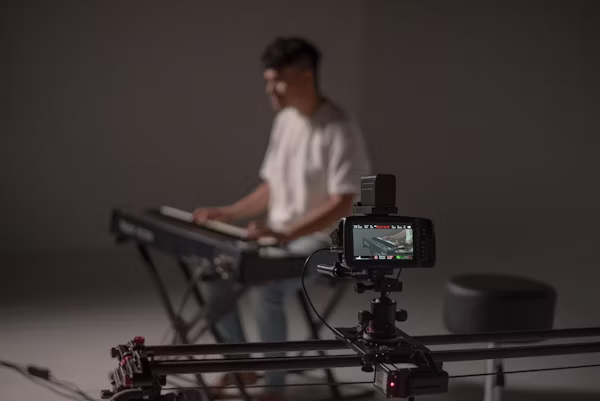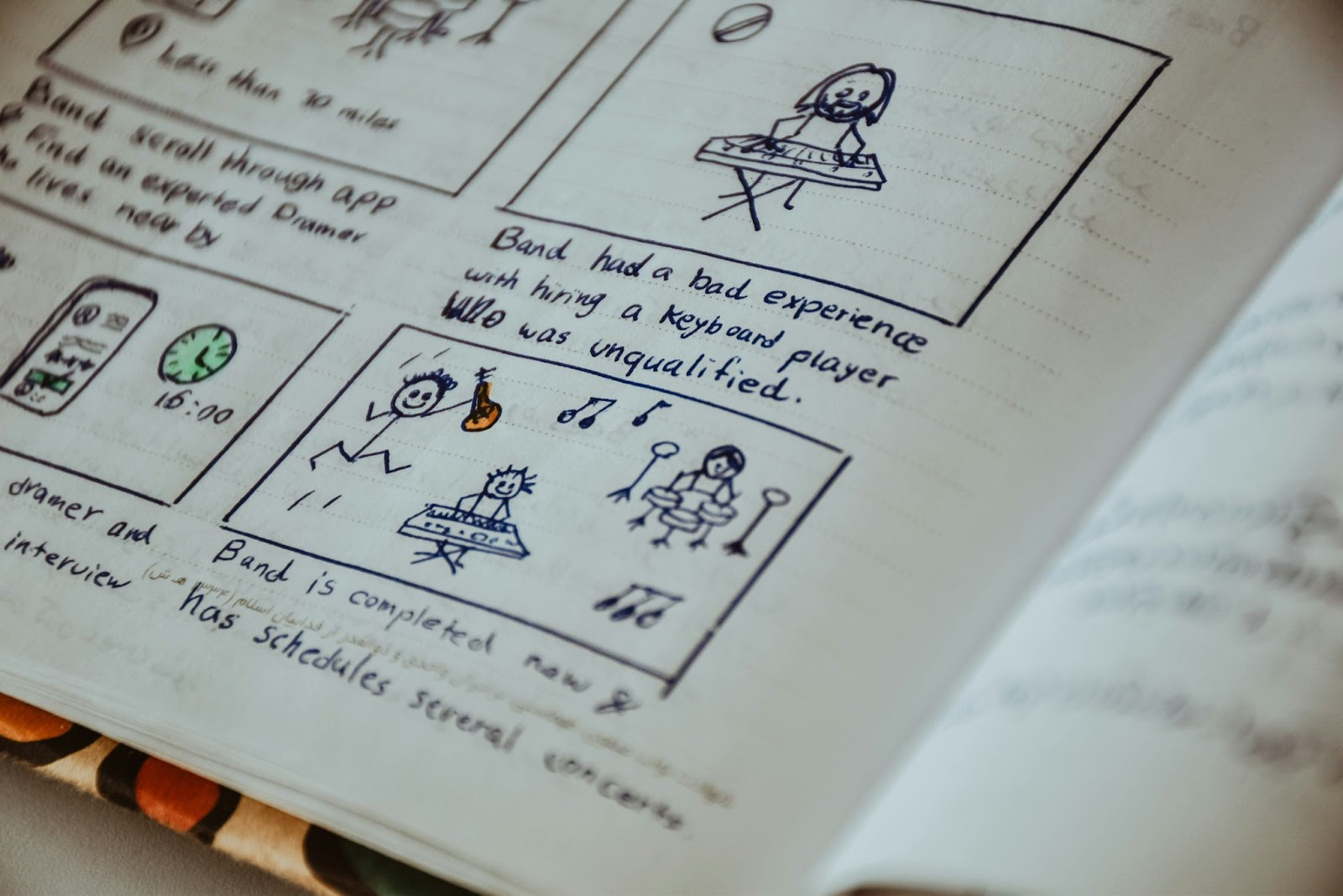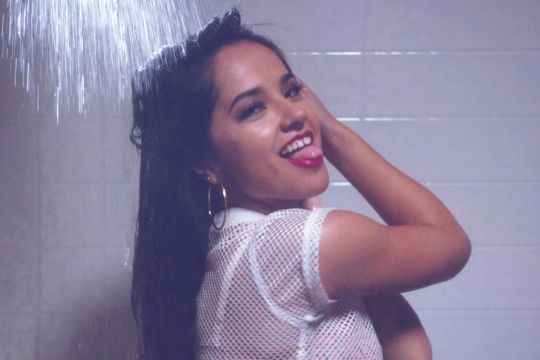
A music video is not just a simple visual for your music, but also another way for a musician to communicate the message of their piece to their audience. It is a way to connect with your listeners and allow them to integrate themselves into the world of the music. Therefore, its creation should be taken with great consideration.
But don’t let the pressure of creating a memorable video get to you. With media technology booming, there is now plenty of advice and tools on how to make music videos that are both effective and simple enough for even beginner artists.
In this article, we’ll cover the steps to take to create a music video, which include:
The first step to making your music video is to think of a visual concept that encompasses your song. This can include:
A music video can aid listeners in understanding a song or even you as an artist better, so it's important to make the visuals cohesive with the lyricism and/or theme of the music. Different ways to help you conceptualize your music video are:
Creating a storyboard or writing an accompanying script or story is most recommended, as they could assist you later in writing a possible music video script - but find the method that works best for you.

While it is completely possible to create a music video on your own, it's best to have a team behind you. Possible team members could include:
Not only are people involved, but a team also includes the necessary equipment that may be needed according to the production you had in mind. This can comprise:
NOTE: While all these people and tools may definitely aid you in creating a music video, it is up to you and your budget on what is or is not completely necessary. Some great videos have been done on just a simple phone camera and by a single person. You are completely capable of running a one-person production - but it may be easier to have an experienced team behind you.
Once you’ve got a set concept and team for your music video, it’s time to find your location, which includes weather and time of day. Similar to the conceptualizing process, the location should reflect the song’s mood/theme. For example, if the song itself is a sad breakup song, it would make no sense for the location to be a cheery place full of light. Or if the song contains plenty of autumnal imagery, the location should be in a pumpkin patch or forest with falling leaves, compared to the beach or a snowy mountain.
It’s also important to think of your budget. Can you afford to be in a staged, indoor shoot, or would an outdoor, public space be the more financially responsible choice? Also, think of what you may or may not be able to control in different locations. Are you okay with public crowds? Will you be able to capture different angles and get the best lighting? How are the acoustics? These are all things you need to keep in mind while figuring out the best location.

After shooting your video, it’s time to sit down and edit the final cut. This can include:
Once again, it is up to you and your budget if editing falls as your responsibility or not. But as a beginner with a low budget, there are plenty of websites and apps ready at your disposal, such as,
Finally, once you’ve created something that you are proud of, it’s time to share and let the world know! It’s important that in the social media age, one simple upload on a single platform won’t get you immediate recognition. A few ways to share your work are:
If you have a higher budget, you can always hire a marketing agent or video promoter who can help spread your video around. Check out how to market your music organically if you’re interested in more tips.
Music videos are a great way to connect with listeners and bring your audio to life. It’s also a great way to market your music and create more exposure for your art. Though seemingly complex, even beginners with a simple phone and camera can create a meaningful and creative visual for their music. Allow your creativity to fly, and don’t sell yourself short on all that you can accomplish and get done!